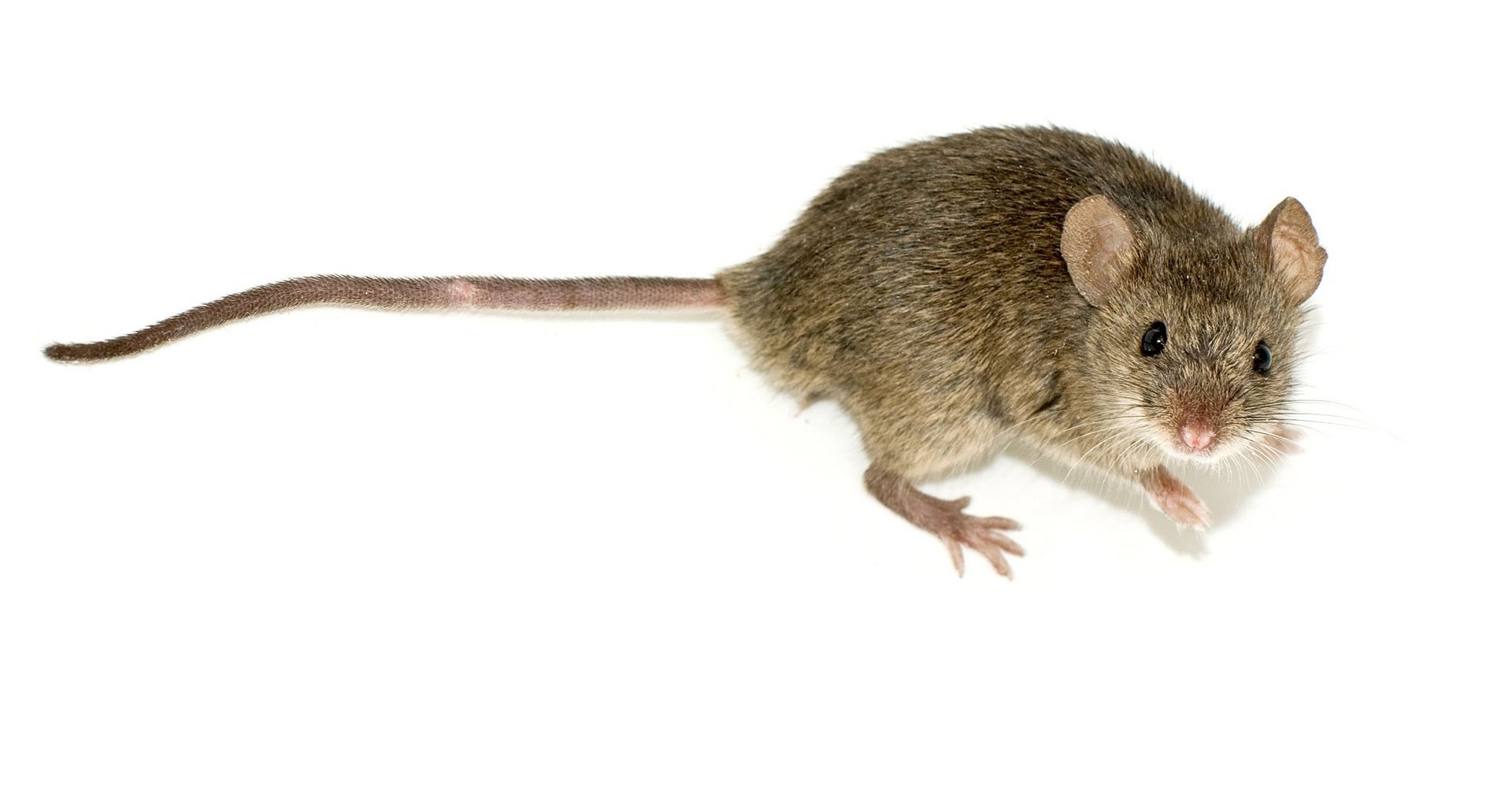Mice put on a shift-worker’s sleep schedule suffer from a greater risk of breast cancer
Sleeping at odd hours to get work done is neither fun nor good for your health. According to the World Health Organization, shift work that disturbs normal sleeping patterns is a possible carcinogen. Female flight attendants, for instance, have been shown to have a greater risk to breast cancer.


Sleeping at odd hours to get work done is neither fun nor good for your health. According to the World Health Organization, shift work that disturbs normal sleeping patterns is a possible carcinogen. Female flight attendants, for instance, have been shown to have a greater risk to breast cancer.
Most living things have an internal clock controlled by the ”circadian rhythm,” which largely follows a day-night schedule. Disturbances to the circadian rhythm produce a host of biological changes that can be harmful to health. Gijsbertus van der Horst of Erasmus University wanted to test whether there really is an increase risk of breast cancer because of shift work. The study was published in Current Biology.
Van der Horst and his colleagues subjected female mice, who were genetically altered to have a high risk of cancer, to day-night conditions that would be similar for shift-workers. Half the mice followed a normal routine where they were exposed to 12 hours of light followed by 12 hours of darkness. The other half had six normal days, but on the seventh day they were put under 24 hours of light and for the next week their light-dark cycles were inverted.
The effects on the mice were noticeable. Those undergoing the “shift-work schedule” were sleeping about 50% more than mice on normal schedule. They also gained weight, probably because of sleeping more and being less active. Most importantly, however, those on the shift-work schedule developed breast cancer eight weeks earlier than those on the normal schedule (specifically, in week 42 instead of 50).
This is the first experimental study to show that circadian rhythm disturbances may be linked to breast cancer, at least in mice. Although the mechanisms of cancer are similar in humans and mice, human studies will be needed to confirm if the results hold up.